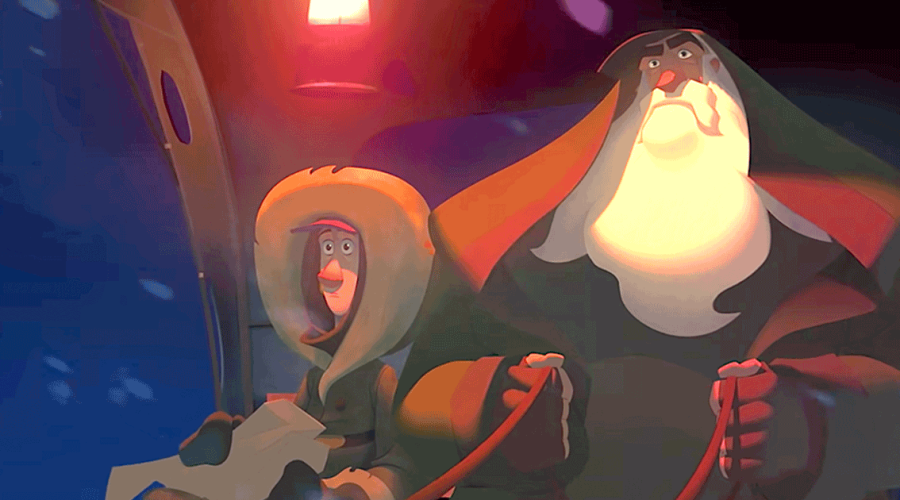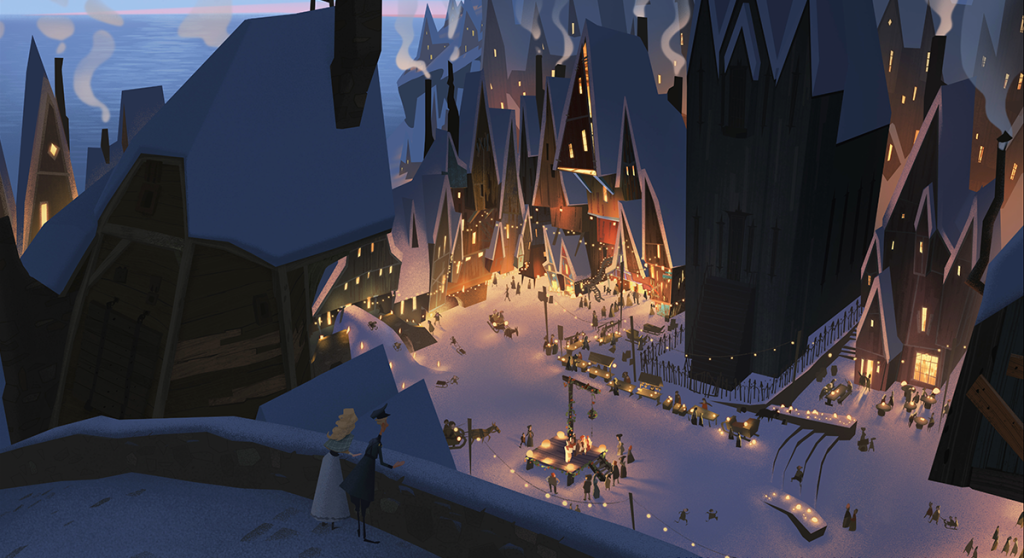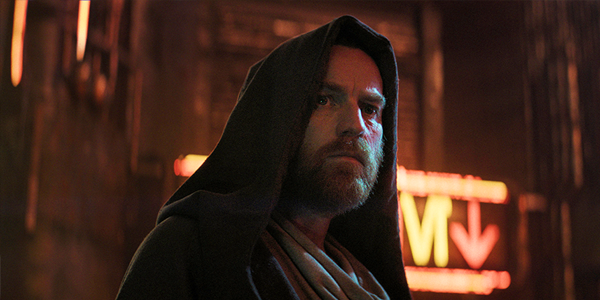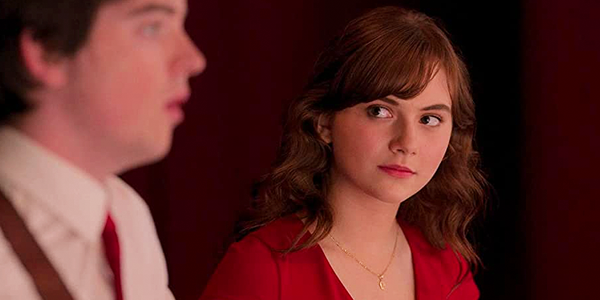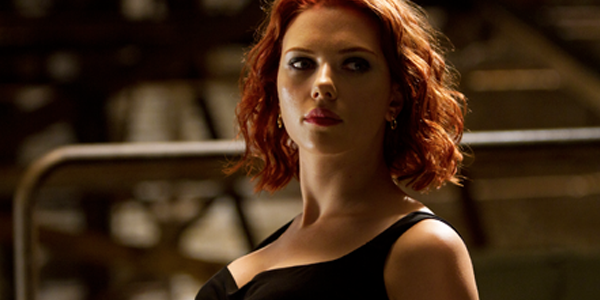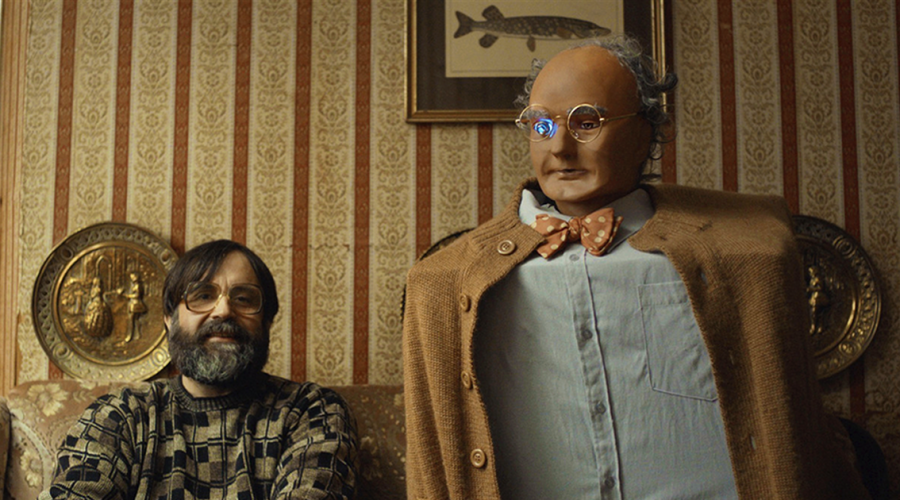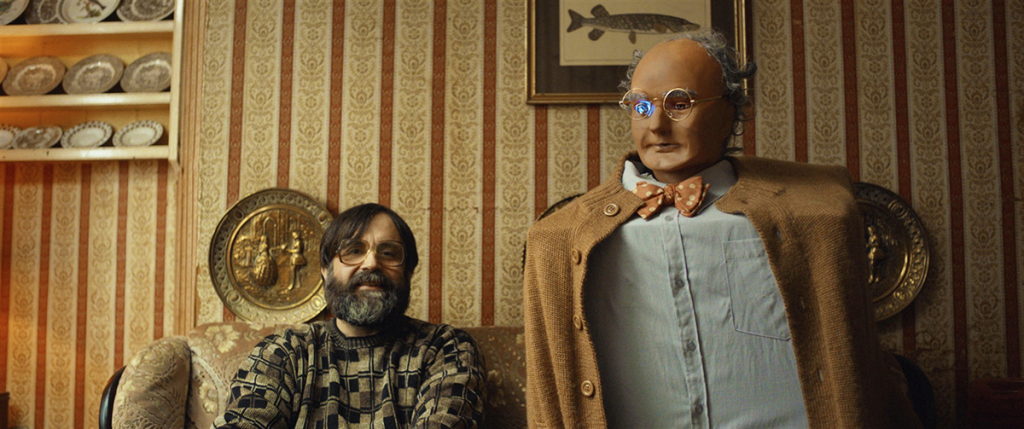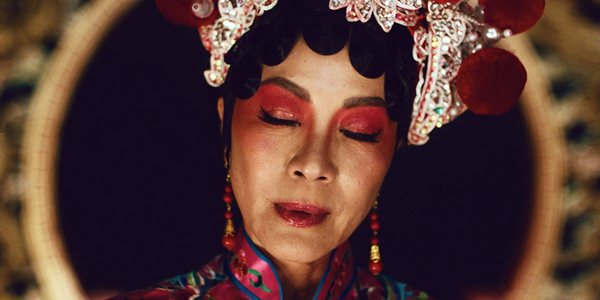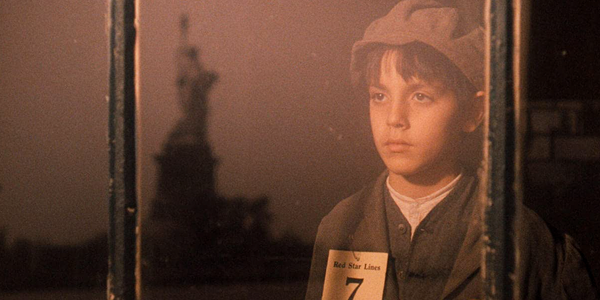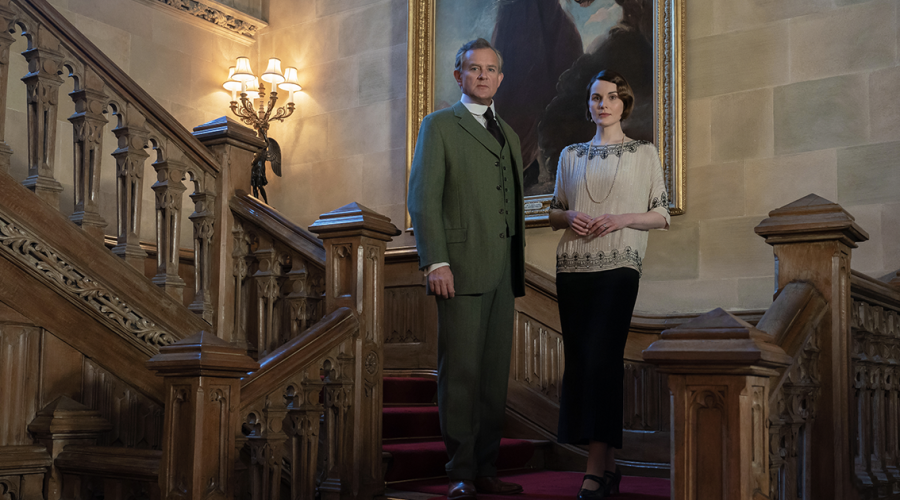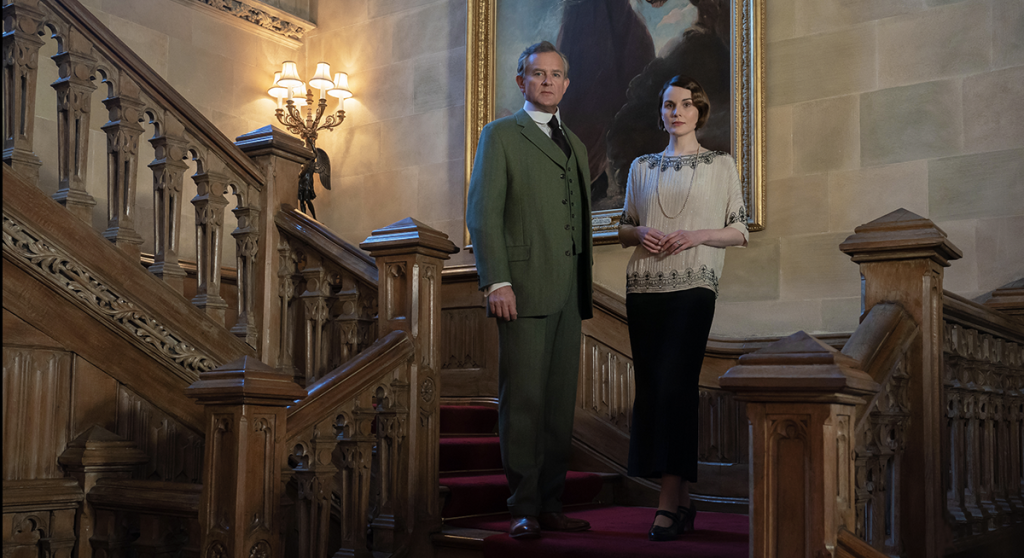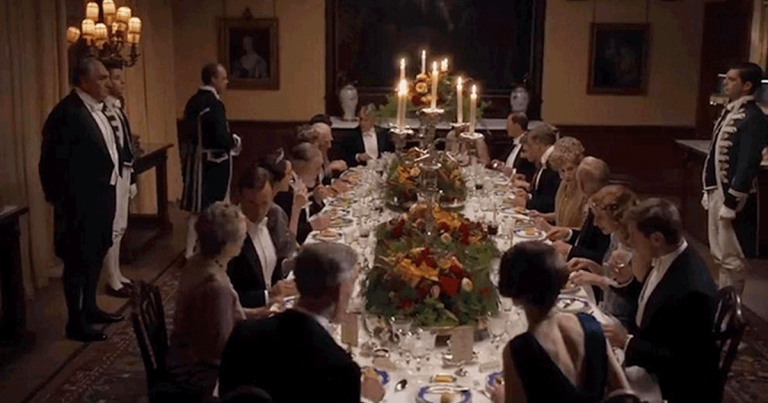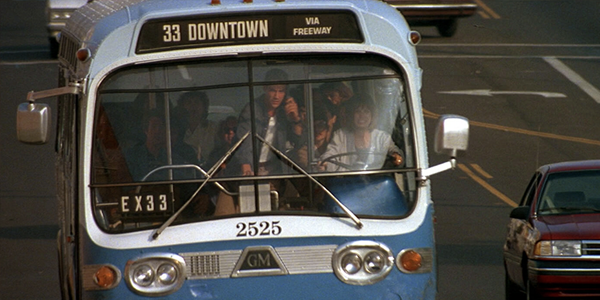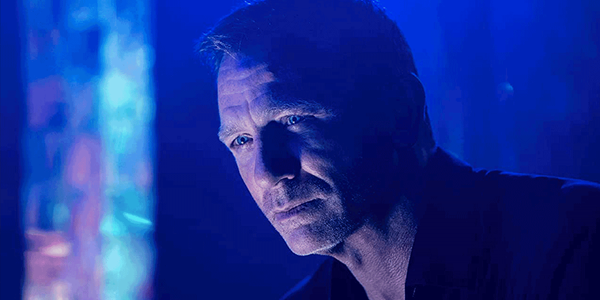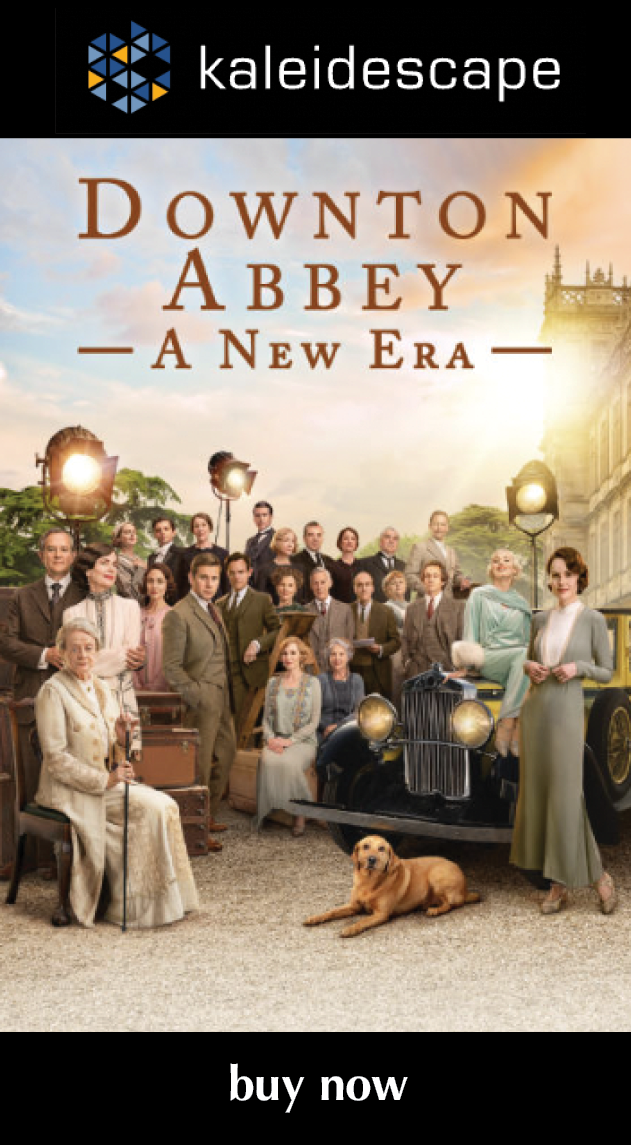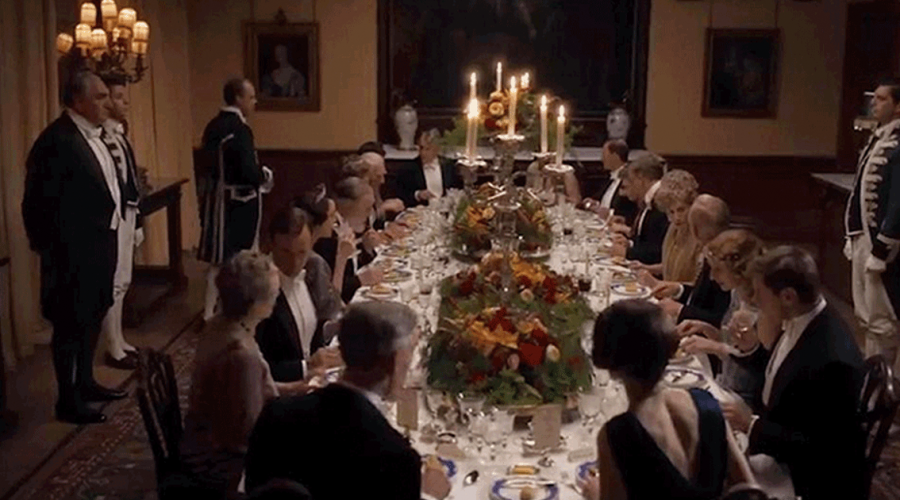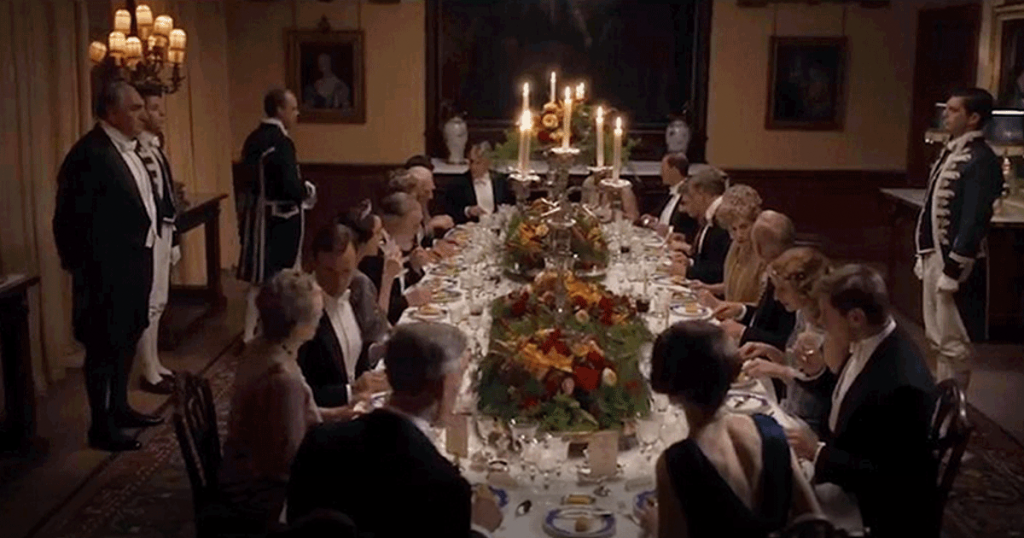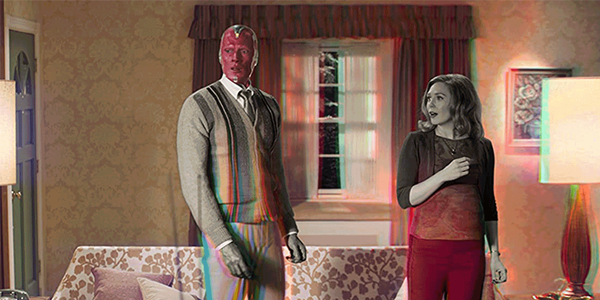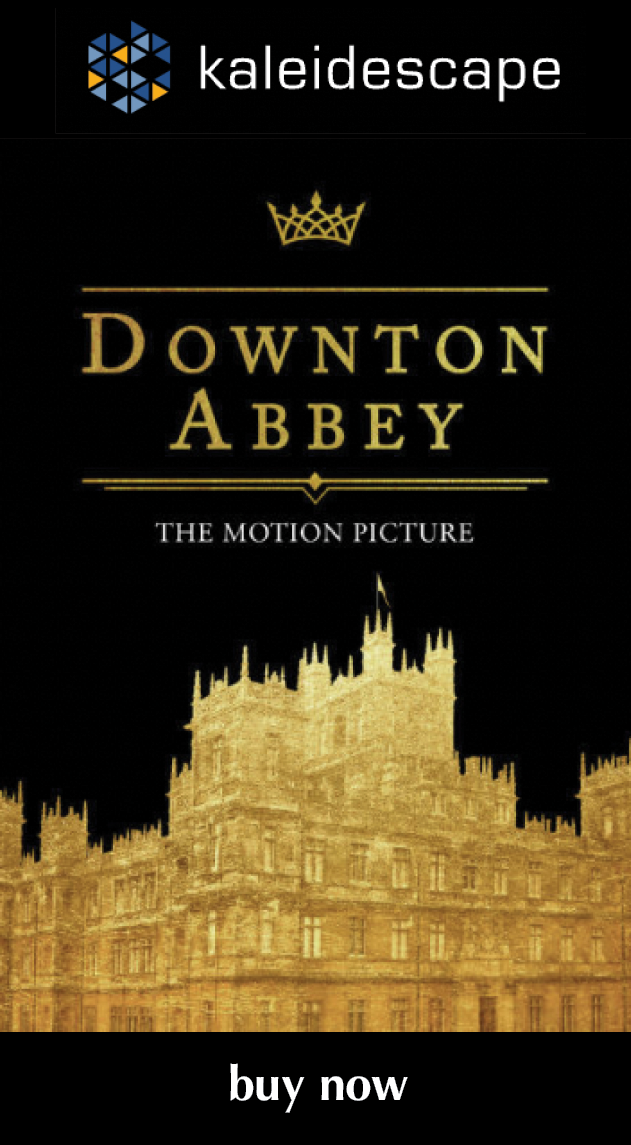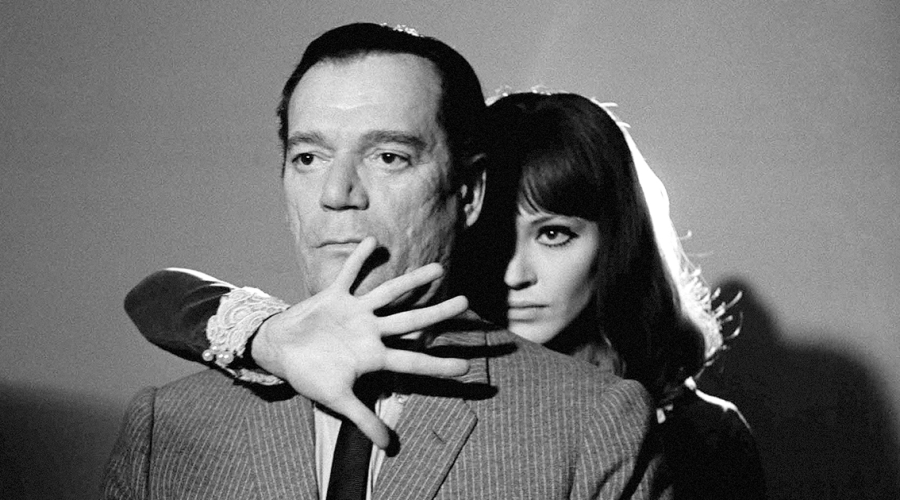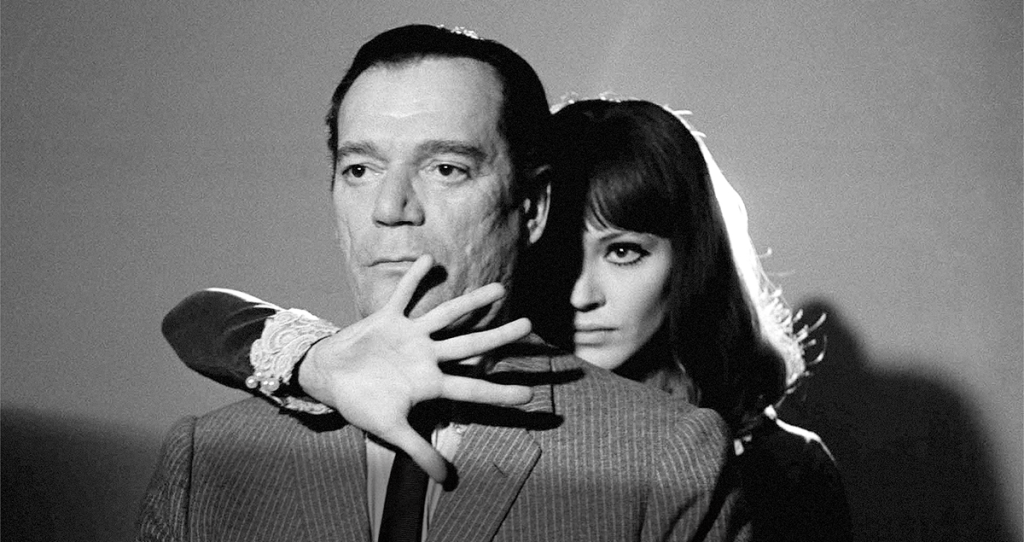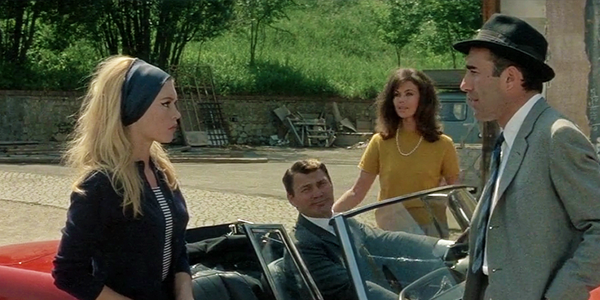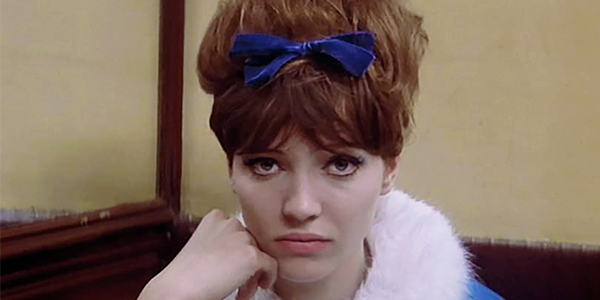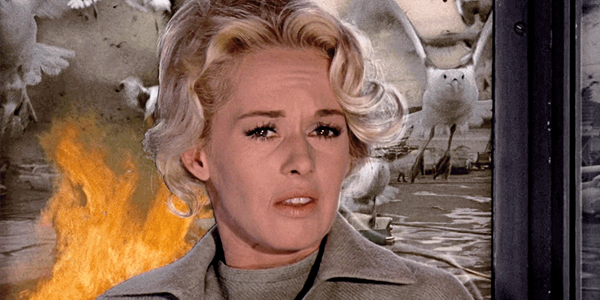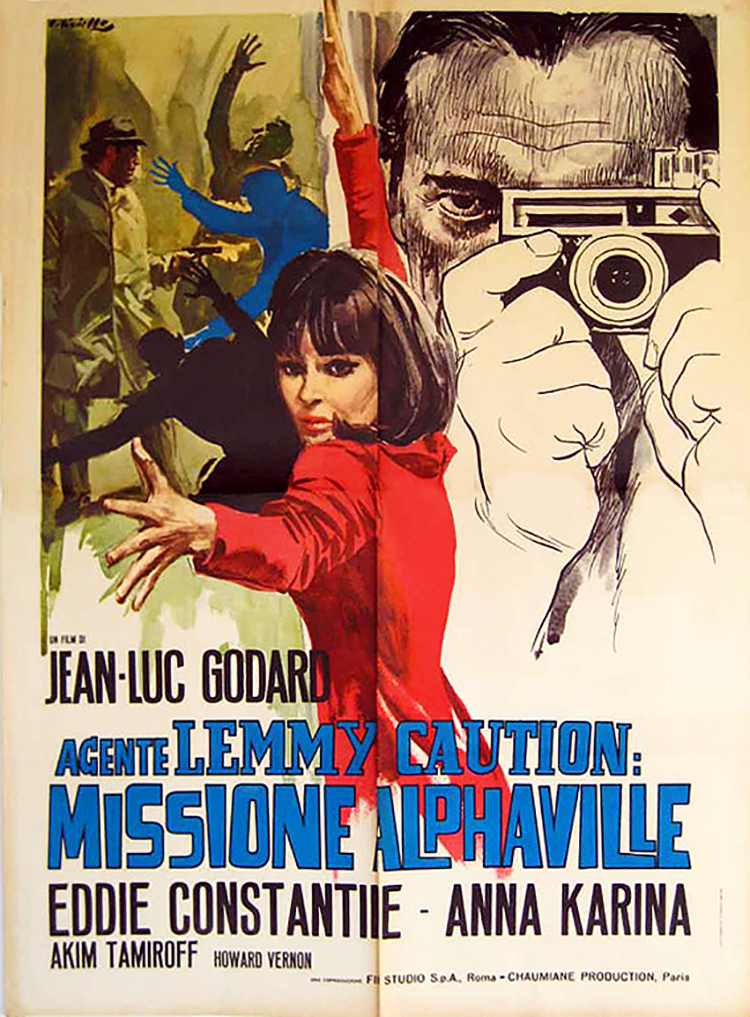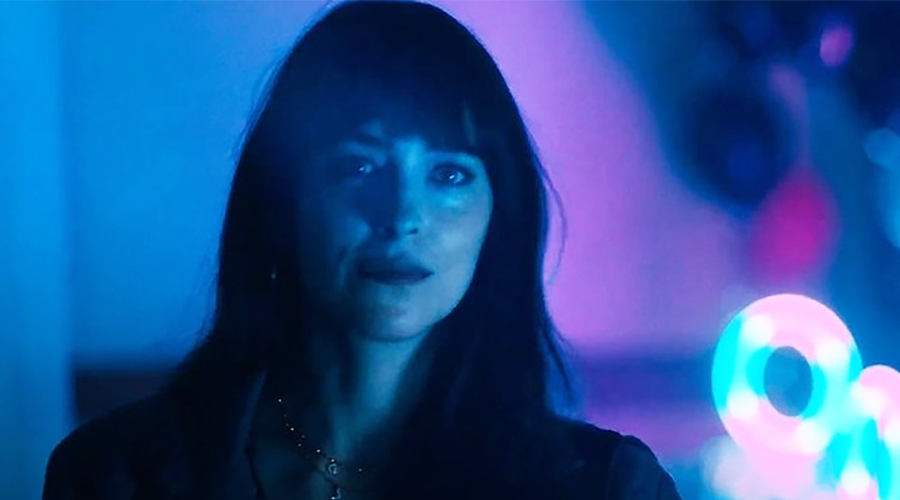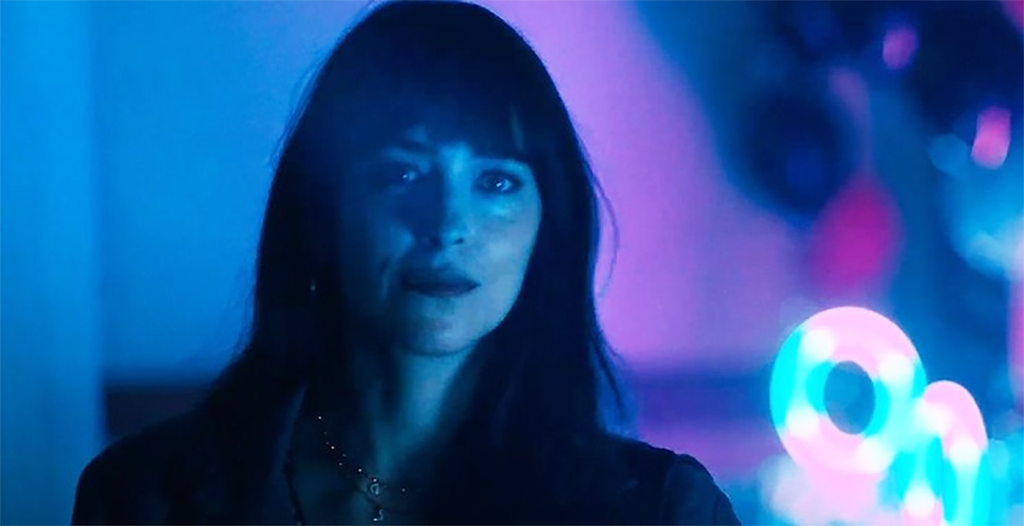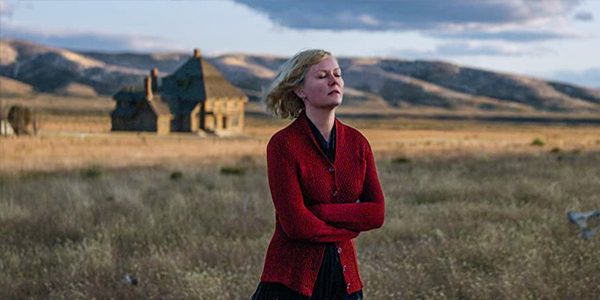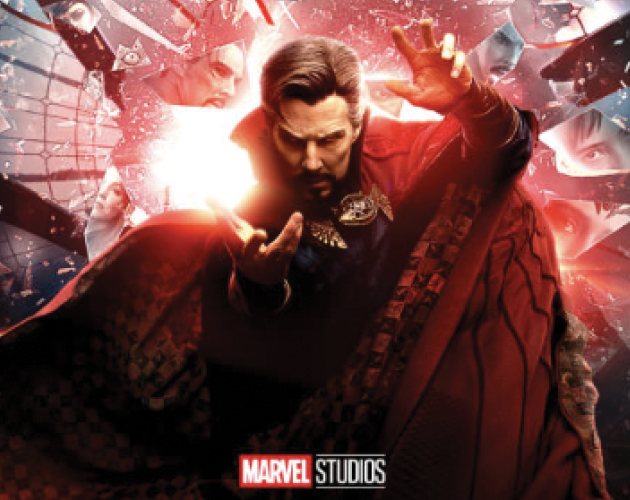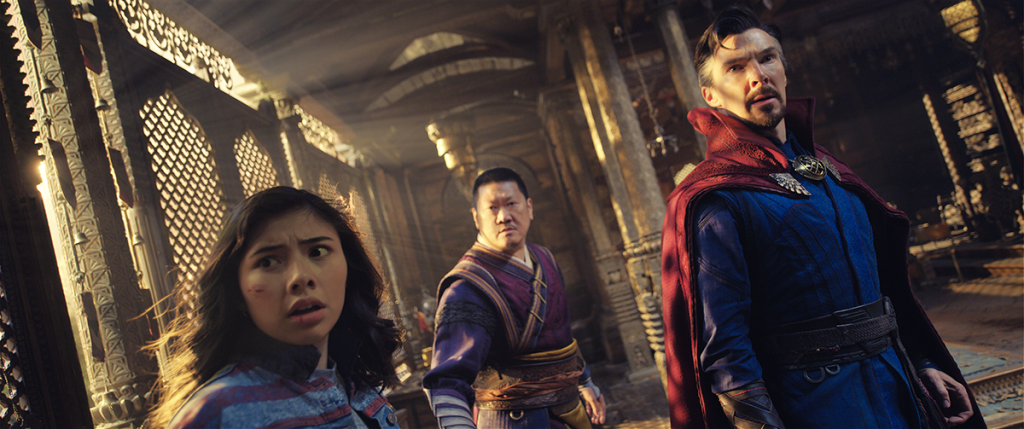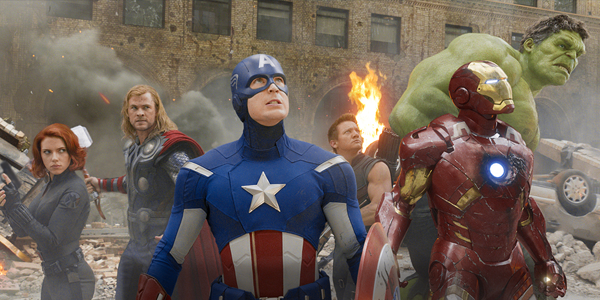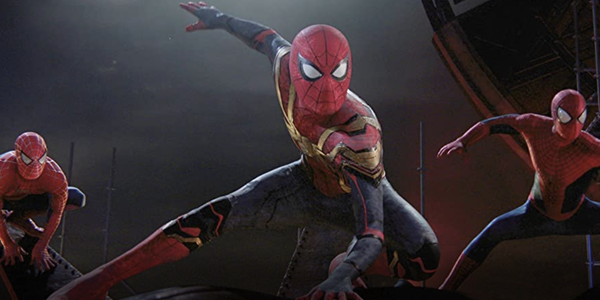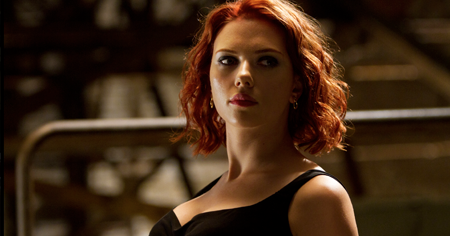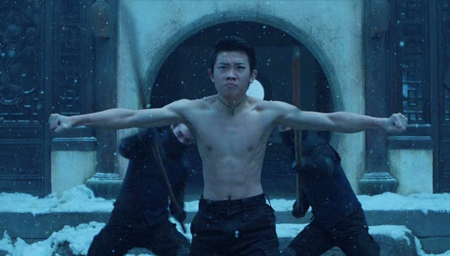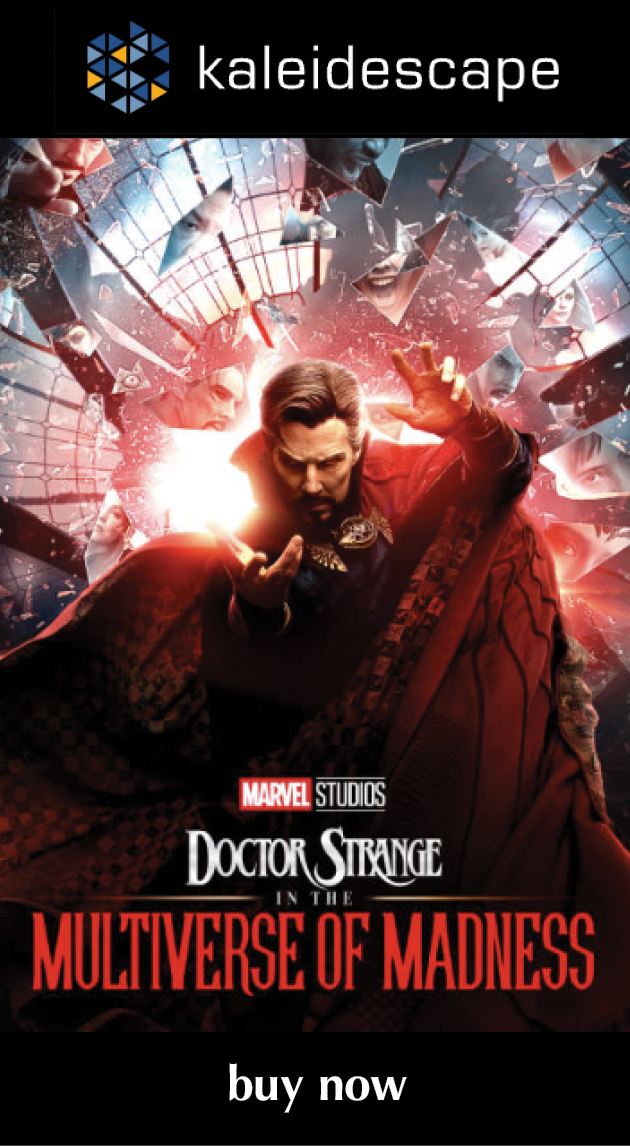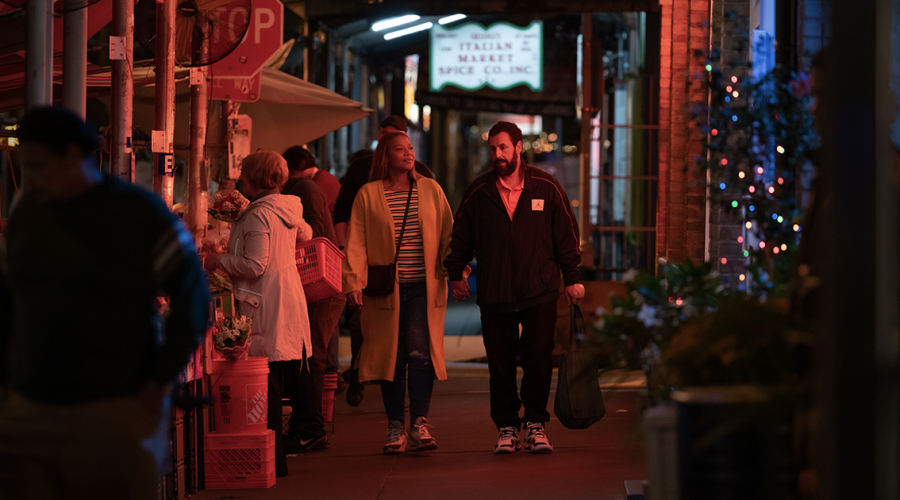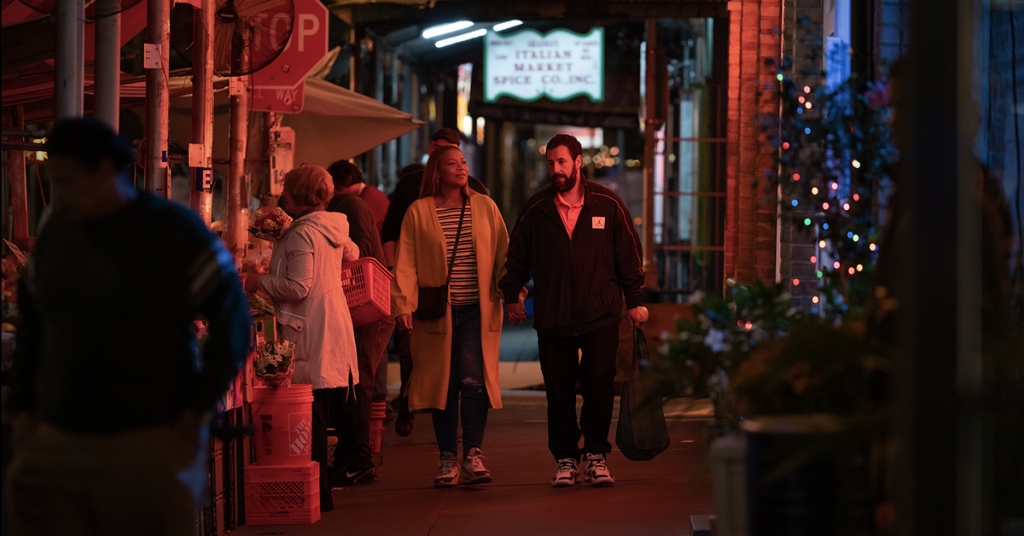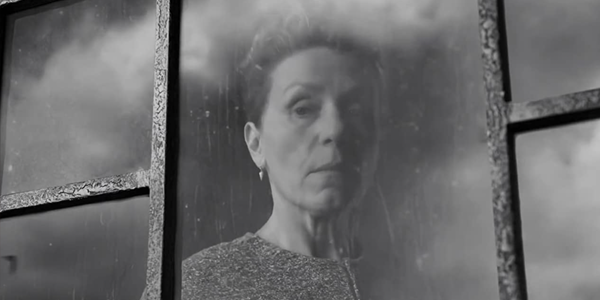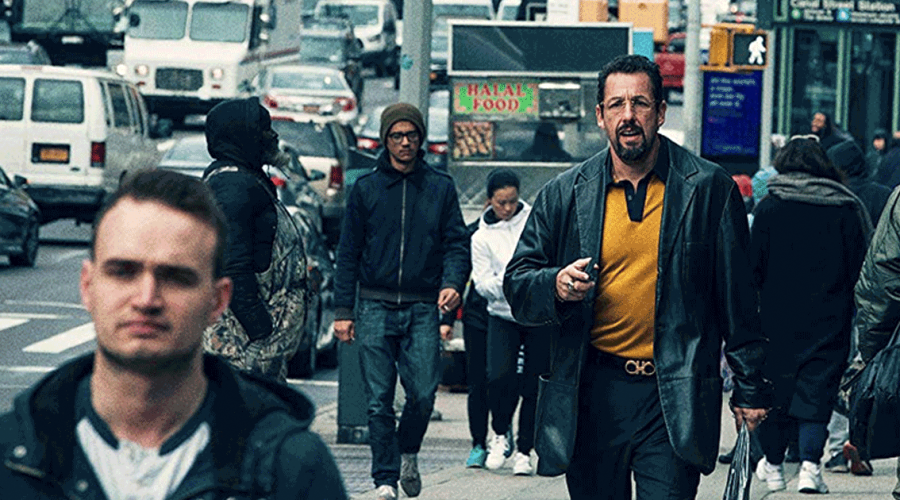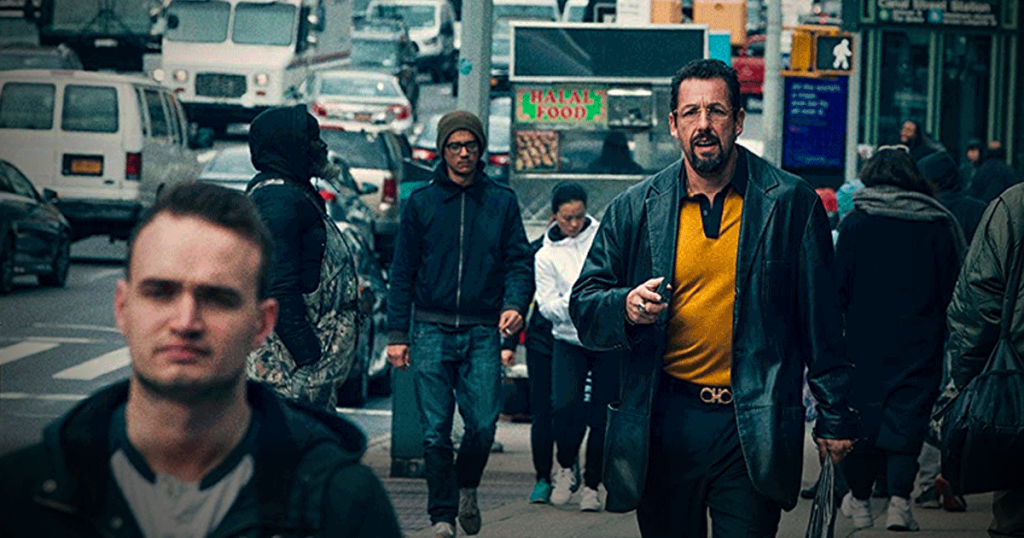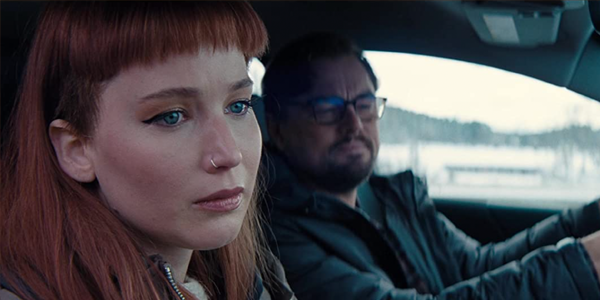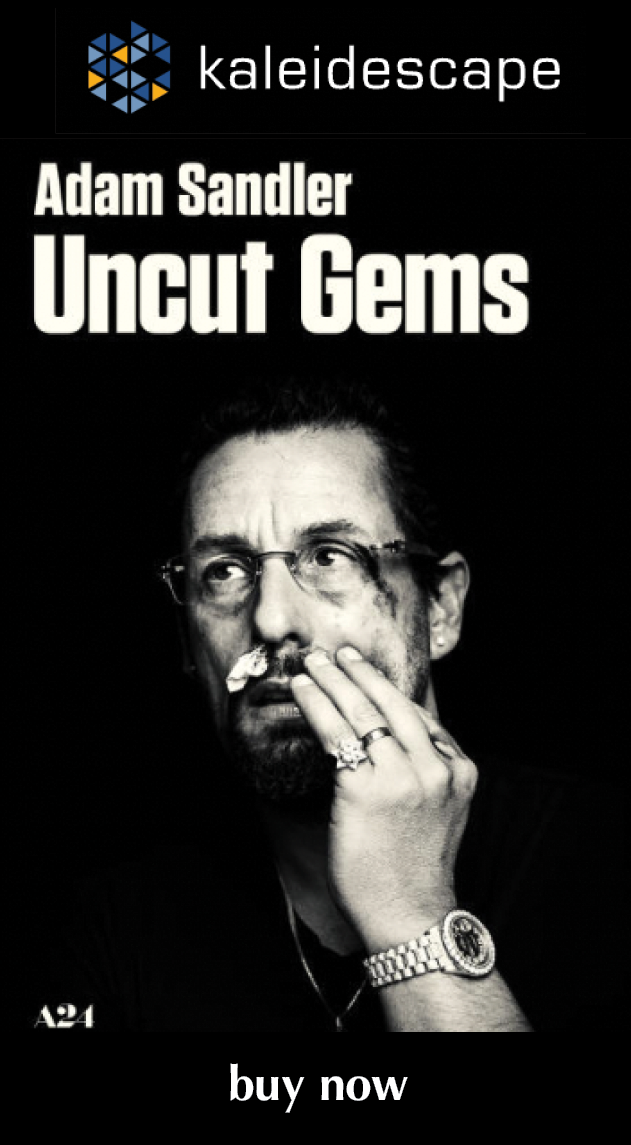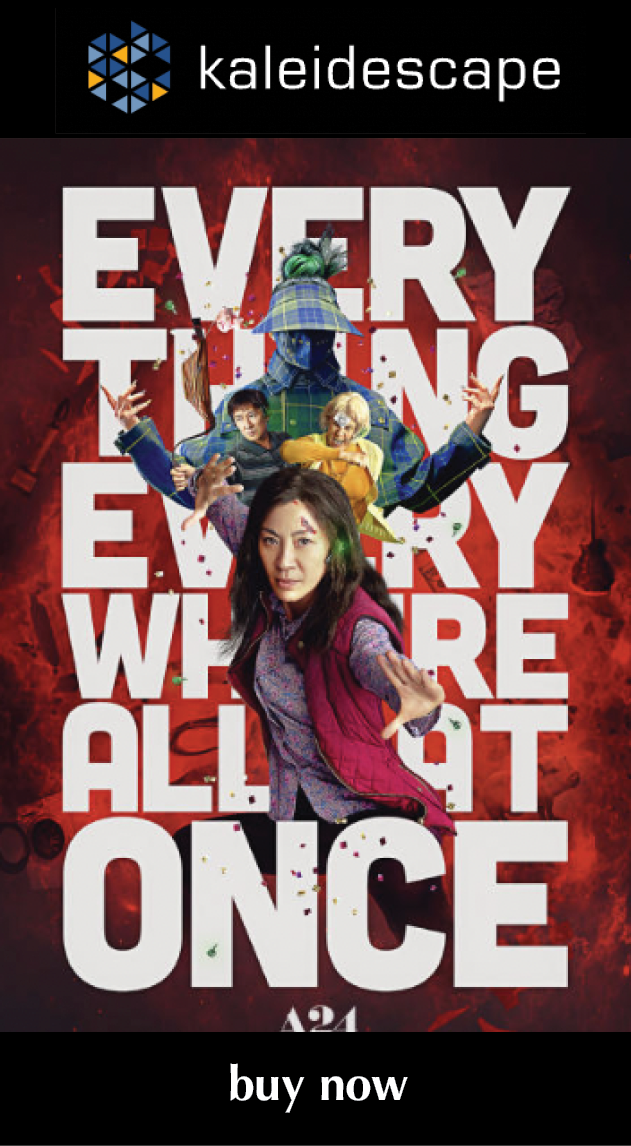Review: Klaus
recent reviews
Sign up for our monthly newsletter
to stay up to date on Cineluxe
Netflix’ new animation division gets off to a good start with this vividly rendered origin story
by John Higgins
December 8, 2019
We’ve been inundated with new origin stories over the past few years. We’ve had Spider-Man, the Joker, and now . . . Santa Claus? There is, of course, the historical origin story, which likely begins in what is now Turkey, with influence from Scandinavia and Coca-Cola. In movies, Santa pops up quite a bit, although there are only a few notable films that address where he comes from (the most popular being the stop-motion Rankin/Bass film Santa Claus is Comin’ to Town from 1970).
Klaus, the first original animated movie Netflix has released, is a brand-new take on the Santa story. It was conceived, written, and directed by Sergio Pablos, who is best known as the animator and creator of the Despicable Me franchise. The Klaus story follows the privileged son of the head postmaster, Jesper (Jason Schwartzman), as he is tasked to establish a post office at the remote island town of Smeerensburg (an intentional misspelling of the actual Dutch town of Smeerenburg) and postmark 6,000 letters or risk being ostracized from the family and his indulgent lifestyle.
As he arrives, he is made aware by the sardonic boatman Mogens (Norm MacDonald) that the dreary, snowy northern town is inhabited by two extended families that have been feuding for centuries. They have no interest in speaking to one another let alone carrying out a lengthy written correspondence. But moods in town begin to change, starting with the children, after Jesper meets Klaus (J.K. Simmons) and the two brighten up the lives of the children by delivering toys. This must be done in secret, lest they be discovered spreading joy and goodwill by the angry adults.
As their mission continues and they evade capture, the legend of Klaus grows, giving explanation to all the traditional Santa Claus lore—flying reindeer, coming down the chimney, Santa’s elves—in new, interesting ways. While most of Klaus is based in the expected rules of our own world, there are some mystical elements that keep the story of Santa magical. The movie is beautifully heartfelt with some lovely tear-jerking moments and shows how ingrained negative philosophies can be changed with just one new generation of open minds. Speaking as a father, there are moments that toddlers might find scary, but the overall message is an excellent one.
The 4K animation is gorgeous with excellent detail in the character design and scenery. The 2D style is beautifully shaded to give a feel of 3D, and the use of color throughout serves the story and helps to drive the narrative. While the HDR doesn’t deliver the bright highlights you might see in something like Blade Runner 2049, the increase in bit depth and color gamut add to the intensity of the animation. Even if the story is of little interest to you, the animation will completely draw you in.
The 5.1 Dolby surround mix supports the storytelling without being obtrusive. There were a few moments where the dialogue moved away from the center channel to follow whoever is speaking that were a bit more drastic than I expected. For most of the film, though, the sound did an excellent job conveying the changing atmosphere of Smeerensburg.
Klaus is a joyful new take on Santa and, at least in our house, has already earned its place in our list of yearly holiday movies.
JOHN HIGGINS lives a life surrounded by audio. When he’s not writing for Cineluxe, IGN,
or Wirecutter, he’s a professional musician and sound editor for TV/film. During his downtime, he’s watching Star Wars or learning from his toddler son, Neil.
PICTURE | The 4K animation is gorgeous with excellent detail in the character design and scenery, and with HDR adding to the intensity of the animation
SOUND | The 5.1 Dolby surround mix supports the storytelling without being obtrusive, with the sound doing an excellent job of conveying the changing atmosphere of the movie’s mythical Dutch town
© 2023 Cineluxe LLC
